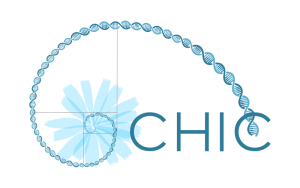What Does Young Generation Think About Gene Editing?
Since the CHIC project’s inception 30 months ago, several essential steps and first results continue to arise and become available for the general public. More plants are being evaluated, and a variety of methods for testing safety purposes are in development, in the belief that CHIC will bring healthy and safe products to consumers. Even at the onset of regulatory changes in genome-edited plants, the project is moving forward to achieve what the scientists set out to do.
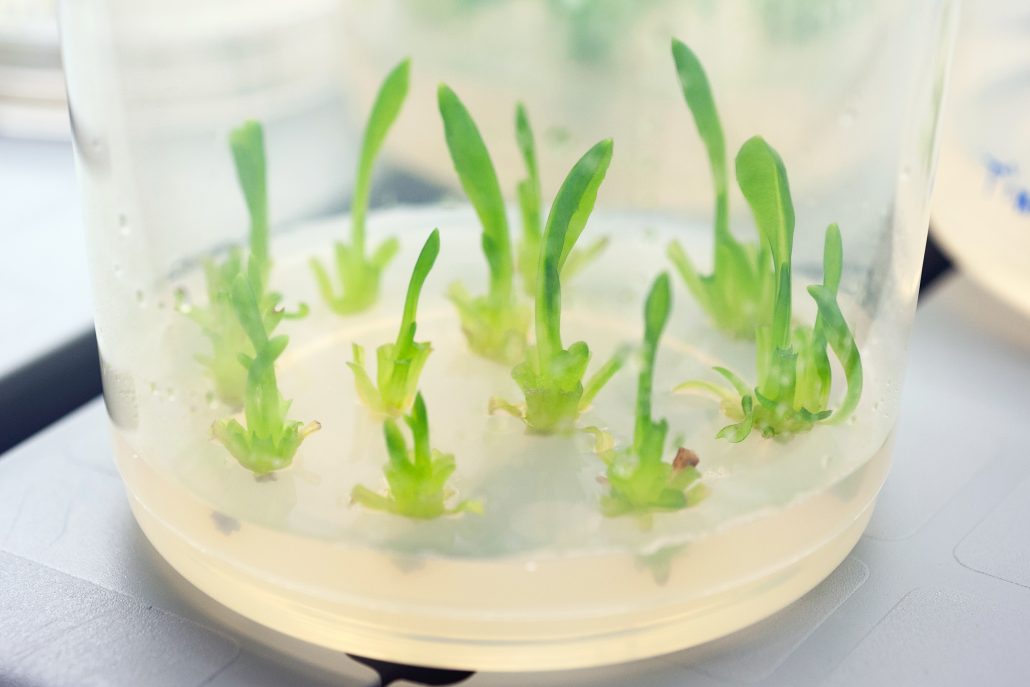
In CHIC, the use of new breeding technologies (NPBTs) is based on the CRISPR-Cas method, which is still highly controversial among the general public. In today’s society, any change in the DNA of any natural organism, such as plants, is often magnified and scrutinized. However, we often wonder what the young generation thinks of such a process. More young people are fighting to save the environment and battling climate change while pushing the narrative to listen to scientists. Though, would they believe, for example, how plant scientists are changing, or saving, our critical food value chain for a more sustainable global society?
On 27 November 2020, during European Researchers’ Night, a few young climate activists are invited to a roundtable discussion with plant scientists and researchers from the CHIC project to discuss and get insights, among the young people, about the idea of genome editing. These young people are very passionate about environmental causes, but can they accept that to achieve the goals the society needs to solve the climate crisis, alterations of some of the food’s DNA are a necessity to adjust to the changing environment?
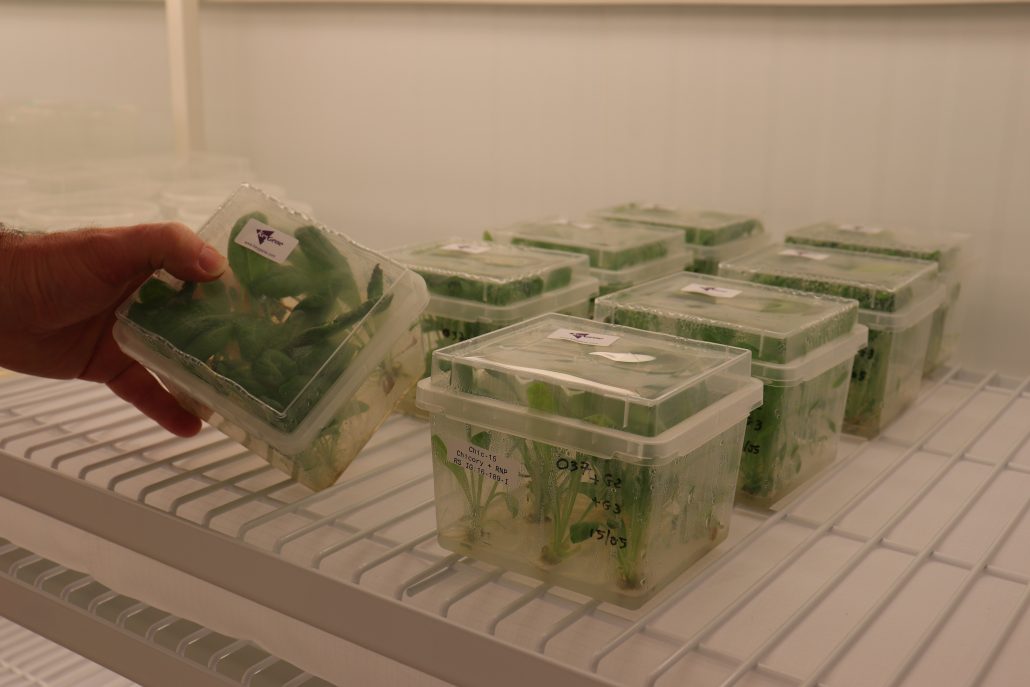
The research in the CHIC project is progressing quite well. As the consortium develops four different methods of delivery using CRISPR tools to chicory cells, the result should produce identical genetic outcomes. Since this approach would be more acceptable by the regulators and the general public, less DNA invasiveness must be performed. Further research has been done on inulin, dietary fiber with health-promoting characteristics. In any scientific research that could affect the population, technical, regulatory, and safety aspects of chicory plants using this technique are being assessed. However, a ruling by the European Court of Justice (ECJ) could have an adverse effect on the CHIC project, which would make any products derived by genome editing as being under the GMO label. Plant researchers and scientists are certainly against this ruling.
In other aspects of the project, the socio-economic and environmental impacts on the whole value chain are also being evaluated. Qualitative research on societal issues regarding chicory innovation will be examined, which currently has six concepts for commercializing the chicory. It focuses on the effects on GDP, growth, competitiveness, employment, water consumption, among others. Stakeholders are also continually engaged to further align technology innovation with societal needs, which includes assessing, among others, acceptance of genome-edited chicory (and derived) products for commercial development. Even with the current ECJ ruling, the legal framework for genome-edited plants in the EU could change. If such time comes, the project will adjust accordingly and find ways to commercialize the process within an accepted legal framework.
We ask ourselves, do young people accept this new technology and allow for future research into genome editing if it solves one of many global problems that our society is facing today? Please join us in this exciting roundtable discussion and share your thoughts and opinions!
This is CHIC!
For more information about the project, please visit us at https://chicproject.eu/

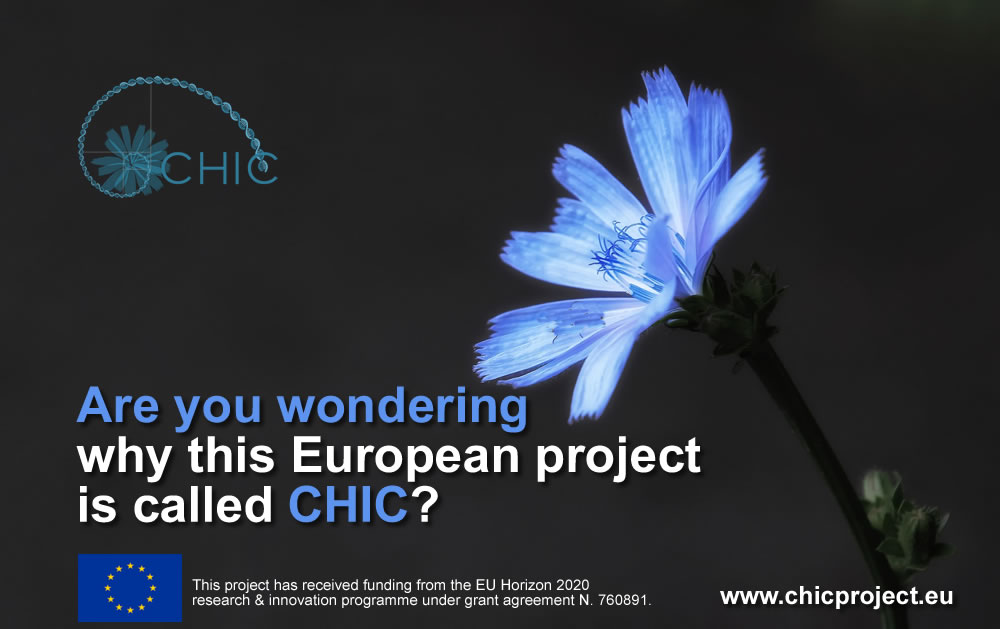
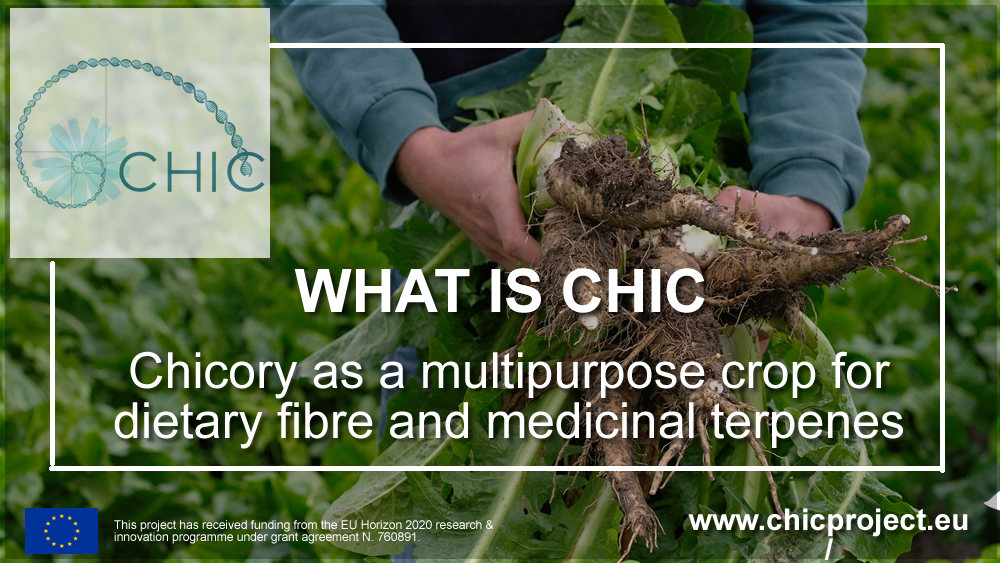
 This project has received funding from the EU Horizon 2020 research & innovation programme under grant agreement N. 760891.
This project has received funding from the EU Horizon 2020 research & innovation programme under grant agreement N. 760891.